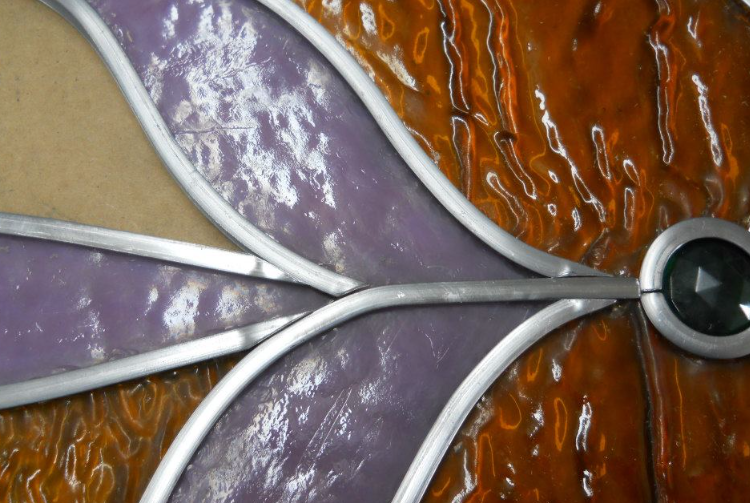
Lead Came or Copper Foil? Which is best for your next project?
Neither lead came nor copper foil is inherently "best" for stained glass; the ideal choice depends on the specific project and desired aesthetics.
Lead came
Pros:
- Traditional method, creating a classic "cathedral window" look.
- Offers excellent strength and durability, especially for larger panels.
- Ideal for geometric patterns and designs.
- Lead can be cemented, making it more weather-resistant.
- Cons: Can be more challenging to work with, especially for beginners.
- Requires more tools and a larger workspace.
- Lead can be a health concern (lead fumes from soldering, handling).
Copper Foil:
Pros:
- More versatile for intricate designs and small pieces.
- Easier to use for beginners and for creating complex shapes.
- Allows for finer lines between glass pieces.
- Good for 3D objects like lampshades.
Cons:
- May not be as strong as lead came for large panels.
- Foil can oxidize and not accept solder if left exposed for too long.
- May need additional support or framing for larger projects.
Mixing Techniques:
- Many artists combine both methods in a single piece to leverage the strengths of each.
- For example, lead came can be used for straight lines and borders, while copper foil is used for intricate details and curves.
Ultimately, the choice depends on:
- Project size and complexity:Smaller, intricate pieces often benefit from copper foil, while larger, geometric designs are often better suited for lead came.
- Desired aesthetic:The look of lead came is distinct from the fine lines of copper foil.
- Personal preference and skill level:Some artists find lead came easier to work with, while others prefer the flexibility of copper foil.
- Environmental factors:Lead can be more weather-resistant when cemented, making it a good choice for outdoor installations.